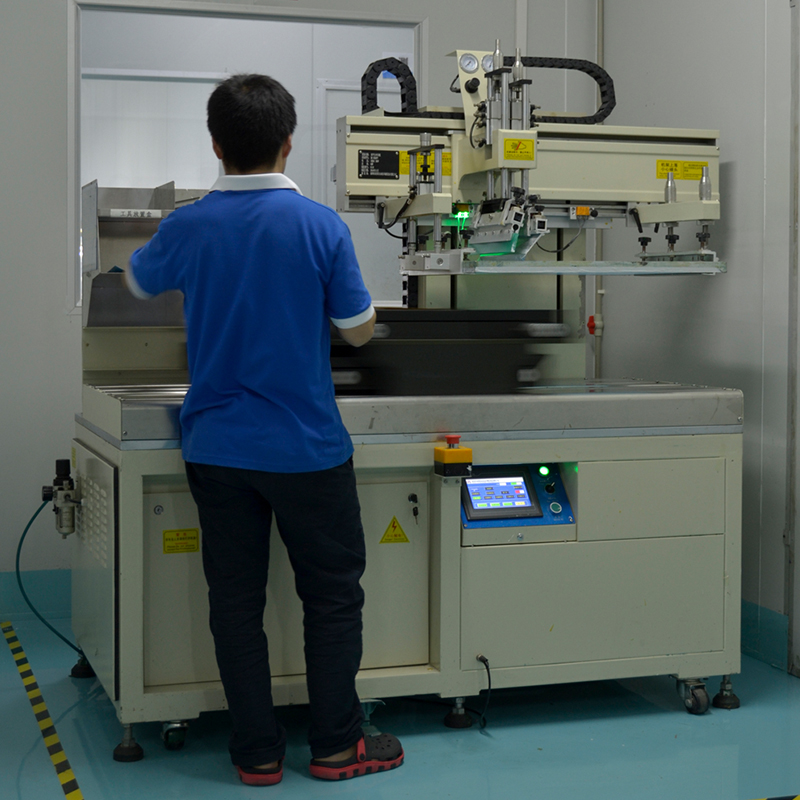Rigid-flex boards are becoming more and more popular in various industries due to their unique designs and flexible functions. These hybrid panels combine the benefits of traditional rigid panels with the flexibility and versatility of flexible panels, making them ideal for applications where space is limited or design complexity is high.
However, like any technology, rigid-flex circuit boards have their limitations. In this blog post, we will explore some of the most common limitations of rigid-flex circuit boards and discuss potential solutions to overcome these limitations.
1. Fees:
One of the major limitations of rigid-flex circuit boards is their relatively high cost compared to standard rigid or flexible boards. The complex manufacturing processes, specialized materials and additional testing required for rigid-flex boards can significantly increase their cost, making them less suitable for budget-conscious projects.
To mitigate this limitation, specific application requirements must be carefully evaluated and determine whether the advantages of using rigid-flex panels outweigh the additional costs. Alternatively, considering alternative designs or materials may help reduce expenses without compromising functionality.
2. Design complexity:
While the flexibility of rigid-flex allows for complex and innovative designs, it also creates design complexity challenges. Due to the three-dimensional nature of these boards, the requirements for component placement, routing, and impedance control may be higher. Designers must carefully plan and execute their designs to ensure manufacturability and reliability.
To address this limitation, collaboration between designers and manufacturers is crucial. Manufacturer involvement early in the design process can provide valuable insights into manufacturability, ensuring the final design meets performance and manufacturing requirements.
3. Reliability:
Rigid-flex boards are more prone to reliability issues than rigid boards. Over time, flexible portions of circuit boards can develop fatigue and stress-related failures, especially if they are repeatedly bent or bent. Additionally, the combination of different materials and construction techniques in rigid-flex panels introduces potential weaknesses that may affect overall reliability.
To improve the reliability of rigid-flex boards, thorough testing and verification play a vital role. Simulating real operating conditions and conducting accelerated burn-in testing of circuit boards can help identify potential failures and improve designs. Additionally, careful consideration of material selection and construction techniques can minimize weak points and improve overall reliability.
4. Manufacturing restrictions:
Due to their unique structure and material combination, manufacturing rigid-flex panels is more challenging than rigid or flexible panels. The process involved in manufacturing rigid-flex boards can be more time-consuming and require specialized equipment, resulting in longer production cycles.
Working closely with a manufacturer experienced in rigid-flex production can help overcome these manufacturing limitations. Their expertise and knowledge streamlines manufacturing processes, optimizes efficiency and shortens lead times while ensuring high-quality production.
5. Repair and rework:
Due to the complex structure, repairing or reworking rigid-flex boards can be more challenging than rigid or flex boards. Integrated rigid and flexible sections make it difficult to isolate and replace faulty components or traces without affecting the surrounding area.
To address this limitation, careful planning during the design phase is crucial. Designing a circuit board with modular sections can help make it easier to isolate and replace faulty components or traces. Additionally, complete documentation and clear circuit board labeling can aid technicians in the repair and rework process.
In summary
While rigid-flex circuit boards offer many advantages, they also have certain limitations. Understanding these limitations and working with experienced manufacturers and designers can help overcome these limitations and maximize the benefits of using rigid-flex boards in a variety of applications. By carefully evaluating specific requirements, conducting rigorous testing, and leveraging expertise, the limitations of rigid-flex boards can be effectively managed, resulting in innovative and reliable designs.
Post time: Oct-06-2023
Back







